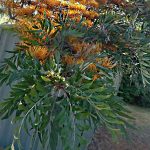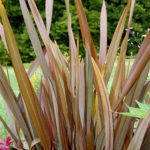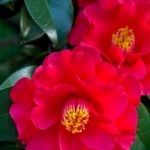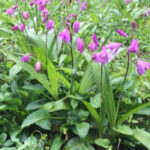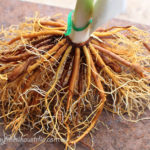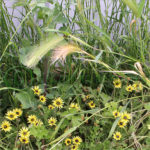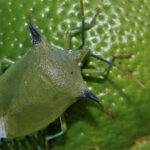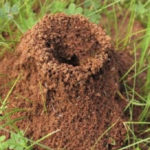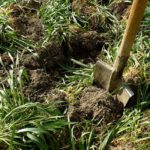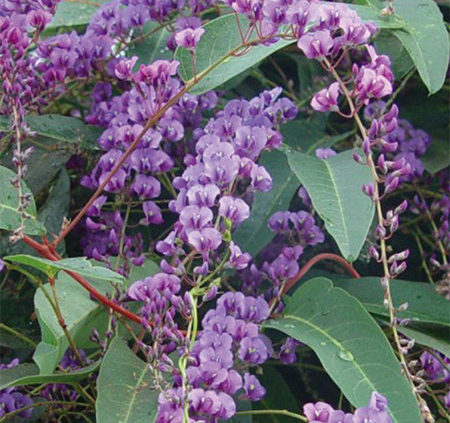
Happy Wanderer Hardenbergia violacea
A Detailed Look Into Happy Wanderer Vine
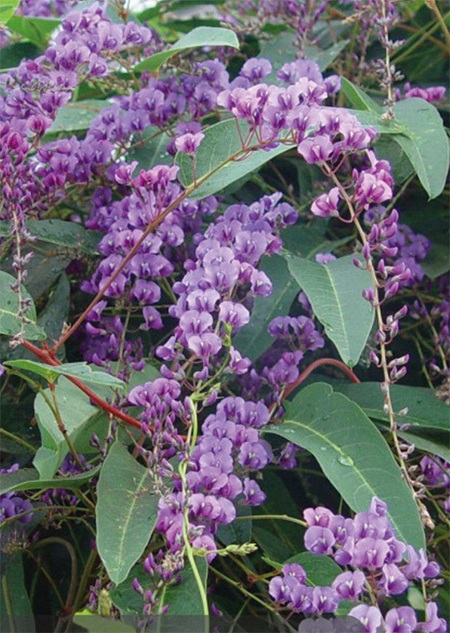 Looking for an attractive flowering vine that is evergreen and can produce pea-sized purple flowers to add attraction to your gardens? Well, invest in the Hardenbergia violacea or Happy Wanderer.
Looking for an attractive flowering vine that is evergreen and can produce pea-sized purple flowers to add attraction to your gardens? Well, invest in the Hardenbergia violacea or Happy Wanderer.
About Hardenbergia violacea
The Hardenbergia violacea is native to the regions from Queensland to Tasmania in Australia. It is commonly called the Happy Wanderer and its crowded lilac flowers are an added attraction to the home garden around AFL grand final day. The other common names include purple coral pea, native lilac, vine lilac, waraburra, etc. The Happy Wanderer belongs to the Fabaceae Pea family and is an evergreen climber or a vine. The plant is a large size when mature and can spread about 2 to 5 metres. It attains a maximum height of up to 6 metres and grows vigorously. The Happy Wanderer flowers during winter and spring. The other colours of the flowers are pink (Hardenbergia violacea Rosea), white (Hardenbergia violacea Alba) and Hardenbergia sweetheart, etc. It has hard and leathery green leaves with detailed venation and they are lance-shaped. The vine looked to be more durable than what I had experienced. The stems are woody and slender and can easily climb over other plants and structures. It is mainly grown for its attractive looking ornamental flowers and can be used as ground cover or for screening a wall or old tree trunk as I grew it. I had seen the happy wanderer growing, covering the ground of the divided median strip, separating opposing lanes of traffic between Albury and Wodonga at the NSW and Victorian border a few years back. This is what gave me the idea to grow it. I was surprised to learn the hard way, that the happy wanderer vine could only tolerate light frosts.
Growing Hardenbergia violacea
The Happy Wanderer thrives in well-draining soil that is free from lime. The twining vine can grow in full sun or in areas where there is partial sun.
The vine cannot tolerate high winter temperatures and loves regular watering during the harsh summers and reduced watering during the winter months.
Propagation from seed
- The Hardenbergia violacea can be propagated through seed. Before plating the seed, it needs to be pre-soaked in lukewarm water for a day or more. This is done to help quicken the germination as the seed has a hard coat.
- Sow the seeds in peaty and moist soil and the temperature needs to be about 20 degrees C.
- Allowing the seeds to grow indoors first for the first two months is a good option.
- After this, it can be transplanted outside in medium shade or full sun area.
Propagation from cuttings
- Take 6 to 8 inches of cuttings from the new shoots of the Happy Wanderers vine.
- Make sure the cutting has three or four leaves or nodes.
- Dip the ends of the cutting in a rooting mixture.
- Plant the cutting in a potting soil that is made using peat, perlite, and vermiculite. The soil needs to be moist to aid in the development of the roots.
- After the new roots develop, the plant can be shifted outdoors.
Taking Care of Happy Wanderer
It is better to avoid pouring water on the Hardenbergia violacea foliage to reduce the fungal problems. The soil needs to have adequate moisture during its first planting season and also during the warmer months. Use of a general purpose fertiliser is advised for the first three to four months and then use slow-release fertiliser during the autumn and spring months. It is a good idea to mulch to a 5cm depth after planting to keep the soil moist. Pruning the plant after flowering to two-thirds its size will help it to grow bushier and also increase flowering during the next season.


